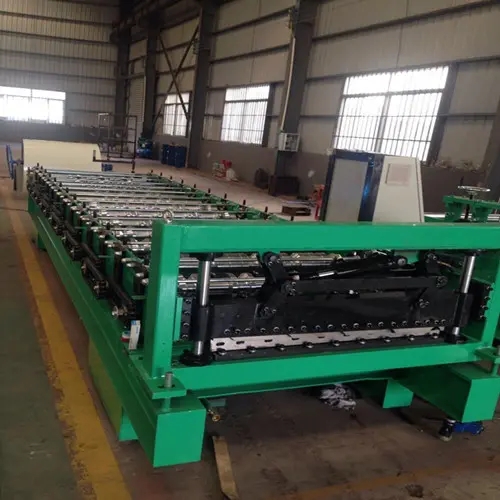
The Evolution and Importance of Mesh Wire Cage Machines
In recent years, the demand for high-quality wire products has skyrocketed across various industries, necessitating innovative manufacturing solutions. One such breakthrough is the mesh wire cage machine, a sophisticated piece of equipment designed to produce robust and versatile wire mesh cages for a myriad of applications. This article delves into the functionalities, advantages, and market implications of mesh wire cage machines.
Understanding Mesh Wire Cage Machines
Mesh wire cage machines are specialized machinery that automate the process of creating wire mesh structures. These machines are engineered to weave wires into intricate patterns, producing cages that have exceptional strength and durability. Typically employed in sectors such as agriculture, construction, and aquaculture, these machines can produce different types of mesh cages, including welded wire, woven wire, and more.
The machines operate using advanced technology to ensure precision and efficiency. Equipped with computerized controls, they allow for easy adjustments in wire diameter, spacing, and mesh size, catering to specific production needs. Some models even incorporate automation features, minimizing labor costs while maximizing output.
Applications of Mesh Wire Cages
Mesh wire cages serve a variety of purposes. In agriculture, they are commonly used for animal enclosures, providing safety and security for livestock while ensuring proper ventilation. In construction, these cages are crucial for reinforcing concrete structures, adding tensile strength, and preventing fissures. The aquaculture industry relies on them to create fish enclosures that promote healthier aquatic environments.
Moreover, mesh wire cages are instrumental in environmental conservation. For instance, they are used in the rehabilitation of eroded land, serving as barriers that protect and stabilize soil while allowing vegetation to flourish. This multifunctional capability highlights the importance of the mesh wire cage machine in addressing contemporary challenges in various sectors.
Advantages of Using Mesh Wire Cage Machines

One of the primary benefits of utilizing a mesh wire cage machine is the efficiency they bring to production. Traditional methods often require extensive manual labor and are prone to human error. In contrast, machines can produce high volumes of consistent quality output within a fraction of the time.
Additionally, these machines contribute to lower production costs. With automated operations, businesses can significantly reduce labor expenses and optimize resource utilization. Enhanced precision also leads to less waste material, further driving down costs.
Furthermore, mesh wire cage machines are designed for longevity and reliability, featuring durable materials and components that withstand rigorous use. This durability ensures that companies can maintain operational continuity without the frequent need for repairs or replacements.
Future Trends and Innovations
As technology continues to advance, the mesh wire cage machine industry is poised for substantial growth. Innovations such as smart manufacturing techniques, AI integration, and IoT (Internet of Things) connectivity are anticipated to enhance the efficiency and functionality of these machines. Manufacturers are increasingly investing in research and development to create machines that not only meet current demands but also anticipate future trends.
Sustainability is also becoming a focal point. As industries strive to minimize their environmental impact, the demand for eco-friendly materials and energy-efficient machines is rising. The mesh wire cage machine market is expected to evolve in response to these shifting paradigms, paving the way for greener manufacturing practices.
Conclusion
In conclusion, mesh wire cage machines represent a remarkable advancement in manufacturing technology, offering versatile solutions for various industries. Their ability to produce high-quality, durable wire cages efficiently and cost-effectively positions them as indispensable assets in today's market. As innovations continue to emerge, these machines will play a critical role in shaping future manufacturing processes and meeting global demands responsibly.